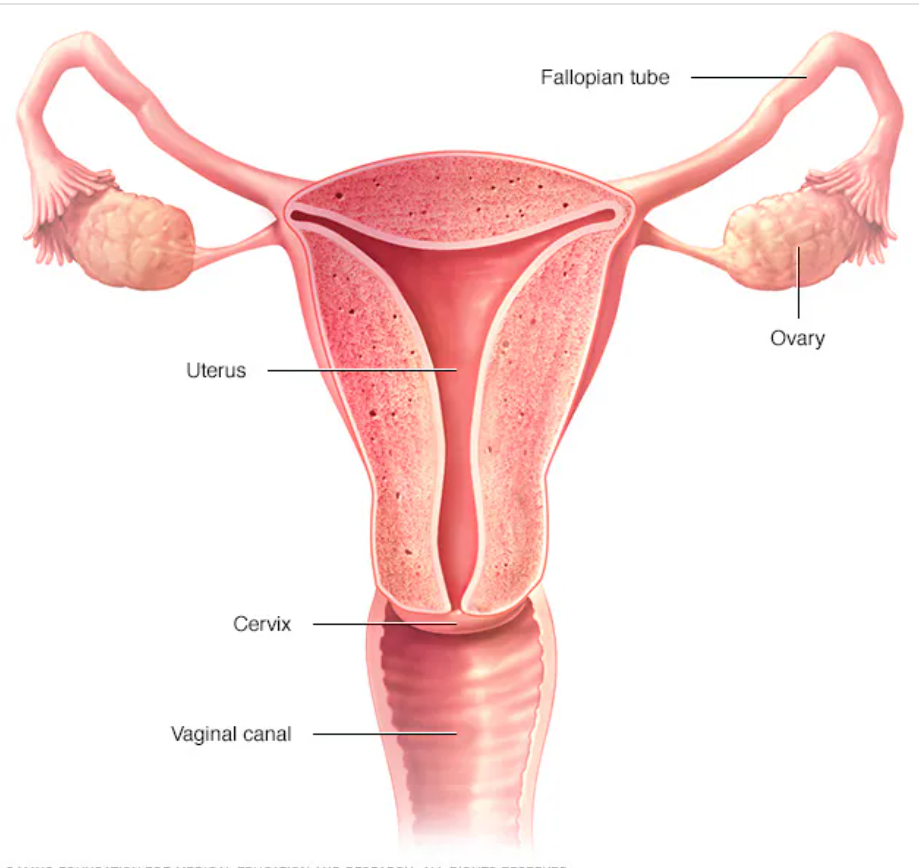Cervical cancer originates from abnormal cell growth in the cervix, the lower section of the uterus connecting to the vagina.
This type of cancer is largely attributed to various types of human papillomavirus (HPV), a virus transmitted via sexual contact. Although HPV infections are common and usually combated by the immune system without causing harm, in certain cases, the virus can persist and lead to the transformation of normal cervical cells into cancerous cells.
Preventative measures, such as regular screening tests and HPV vaccination, can significantly lower the risk of cervical cancer.
Treatment for cervical cancer typically begins with surgical removal of the tumor. Additional therapeutic options may include the use of medications such as chemotherapy and targeted therapy drugs. Radiation therapy, utilizing high-energy beams to destroy cancer cells, is another treatment avenue, and it is sometimes used in conjunction with low-dose chemotherapy for enhanced effectiveness.
Symptoms of Cervical Cancer:

In its early stages, cervical cancer may not present any symptoms. Cervical cancer initiates when normal cells in the cervix undergo genetic mutations. These mutations cause the cells to proliferate rapidly and survive beyond their typical lifespan, leading to an accumulation of cells and potentially forming a tumor. These abnormal cells have the capacity to invade and damage healthy tissues, and over time, may spread throughout the body.
If you experience any concerning symptoms, it is crucial to schedule a consultation with a healthcare provider.
- Vaginal bleeding after intercourse, between menstrual cycles, or post-menopause.
- Menstrual periods that are heavier and last longer than normal.
- Watery or bloody vaginal discharge with a foul odor.
- Pelvic pain or discomfort during sexual intercourse.
Causes of Cervical Cancer:

- Cervical cancer originates from mutations in the DNA of cervix cells, leading to uncontrolled cell growth.
- These mutations cause cells to multiply rapidly and survive beyond their natural lifecycle, resulting in an excess of cells that may form a tumor.
- The tumor cells have the potential to invade healthy tissues and spread to other parts of the body.
- The majority of cervical cancer cases are linked to the human papillomavirus (HPV), a sexually transmitted virus. While HPV infections are common and typically resolve on their own, in some cases, the virus can lead to cell changes that progress to cancer.


